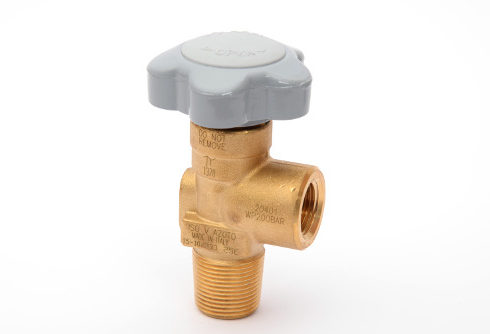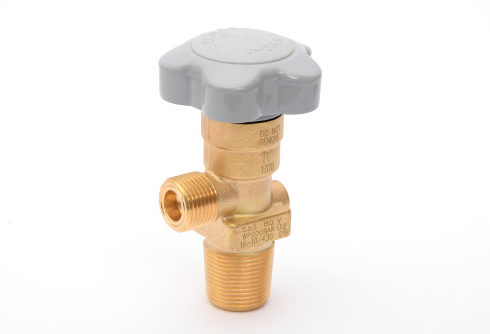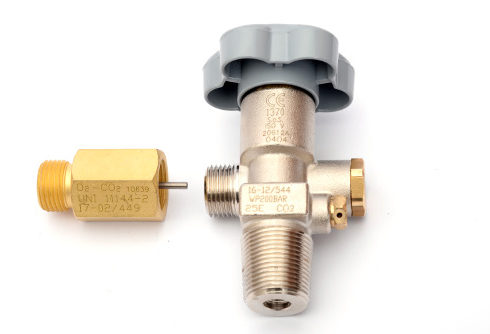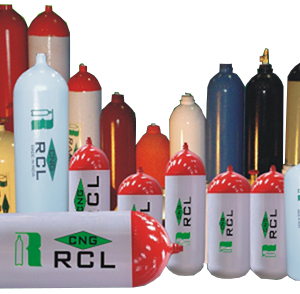- For secure high-pressure
- +36 62 999 051
- info@pwent.eu
Products
- Home
- Products
- Products
- Gas cylinder
- Gas cylinder accessories
- Gas cylinder valve
- Standard Brass Gascylinder Valve (200 bar)
Standard Brass Gascylinder Valve (200 bar)
Brass gas cylinder valve for maximum 200 bar working pressure for different type of gases.
Our gas cylinder valve have produced from brass, it’s designed for maximum 200 bar working pressure. We offer standard valves with the following paramters:
Gas cylinder valve INLET
The most common europen gas cylinder valve inlets are
- 25E
- 17E
- M18x1,5
- M30x2
- For other inlet type please contact us.
Gas cylinder valve OUTLET according to EU norm
The gas cylinder valve outlet is regulated in standards. It is vary according to the gas type. The most common gas cylinder valve outlets are the following:
- Argon (Ar), Carbon Dioxide (CO2), Helium (He) – Din477 part 1 – 6
- Oxygen (O2) – Din477 part 1 – 9
- Nitrogen (N2) – Din477 part 1 – 10
- Hydrogen (H2) – Din477 part 1 – 1
- For different gases and for different standards (BS, DOT) please contact us.
Connection accrodign to the national regulations could be different.
OPTIONS
- RPV (residual pressure valve) -see description bellow
- Burst disc – see description bellow
The attached pictures are just examples to show the characteristic of this simple valve. There could be differences in colors, design, but we quaranty the good quality.
RPV(residual pressure valve)
The RPV is a technology what will block the valve when the pressure will be reduced bellow 2-3 bar in the cylinders. This will prevent the gascylinder to become absolutely empty. With this any dirty, contamination, moister cannot go into the cylinder. This will prevent the inner state and cleaniness of the cylinder.
You have to be carefull at the retesting/servicing of the cylinder becasue still you will have 2-3 bar pressure in the cylinder even it seems empty. With a special key/adapter you need to completely empty the cylinder or you need this kind of key for filling as well.
Burst disc
It is a safety device. At liquified gases like (CO2) you will fill the cylinder for weight. The pressure inside of the cylinder is rather stable (at CO2 it is 60-70 bar). In case of overfilling of the cylinder or in case of overheating of the cylinder the pressure will go up drastically and will have risk of explosion. The burst disc is a safety tool what will be break and release the extra pressure on a certain pressure level. It is scaled to the test pressure of the cylinder. The most common pressure for the burst disc is a 250 bar in case of CO2.
Related products
- Ajánlatkérés
Acél 150 liter gázpalack 200 bar, ECER110, CNG
455,00 €150 liter/ 200 bar üzemi nyomás/ 356 mm átmérő / 1820 mm hossz/ 139 kg súly/ ECER-110 Európai szabvány szerint
Acél magasnyomású gázpalack amelyet a Rama Cylinders gyártott.
Minimális rendelési mennyiségért és mennyiségi kedvezményért keressen bennünket
- Ajánlatkérés
Acél 40 liter gázpalack 200 bar
40 liter/ 200 bar üzemi nyomás/ 229 mm átmérő / 1210 mm hossz/ 45 kg súly/ ISO9809-1 Európai szabvány szerint
Acél magasnyomású gázpalack amelyet a Rama Cylinders gyártott.
Minimális rendelési mennyiségért és mennyiségi kedvezményért keressen bennünket
- Ajánlatkérés
Acél 3 liter (2kg CO2) liter gázpalack 200 bar
37,80 €3 liter (2 kg CO2) / 200 bar üzemi nyomás/ ISO9809-1 Európai szabvány szerint
Acél magasnyomású gázpalack amelyet a Rama Cylinders gyártott.
Minimális rendelési mennyiségért és mennyiségi kedvezményért keressen bennünket
- Ajánlatkérés
Acél 67,5 liter (50kg CO2) liter gázpalack 200 bar
67,5 liter (50 kg CO2) / 200 bar üzemi nyomás/ 267 mm átmérő / 1500 mm hossz/ 74 kg súly/ ISO9809-1 Európai szabvány szerint
Acél magasnyomású gázpalack amelyet a Rama Cylinders gyártott.
Minimális rendelési mennyiségért és mennyiségi kedvezményért keressen bennünket






